The body is naked and plump, the broad forehead is surrounded by wavy hair that covers the ears.
The face with plump cheeks and rosy complexion delightfully underline the childish expression of innocence.
The word Putto comes from the Latin putus which means ''little boy''.
In the language of artists, putti (putto in the singular) are children whose rounded shapes and baby faces are conducive to the imagination. The Florentine Renaissance called them ''spiritelli''.
A toddler, sometimes winged, almost always male, represented alone in numbers in various activities and attitudes, the Putto can be associated with other ornamental motifs.
Symbol of love, they play the role of either angelic spirit or announcer of a profane love and are inspired by the art of ancient Greece and Rome.
Dimensions
H. 45 cm x W. 26 cm x D. 19 cm
France
Original polychromy
18th century

















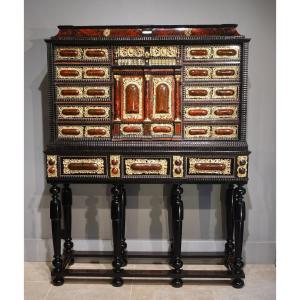

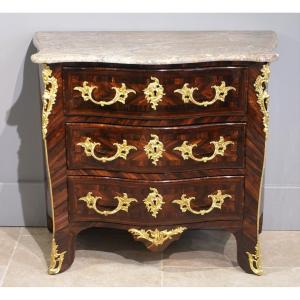
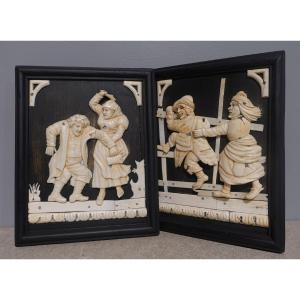

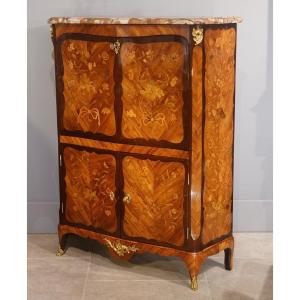



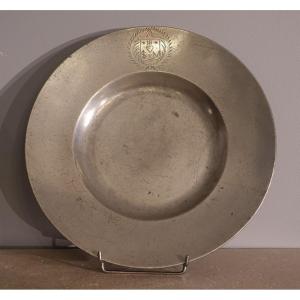
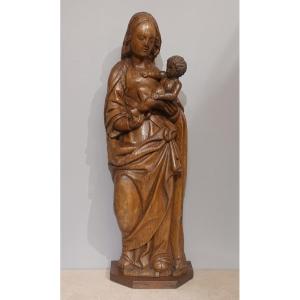
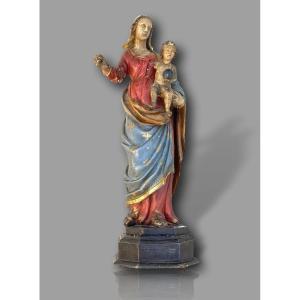



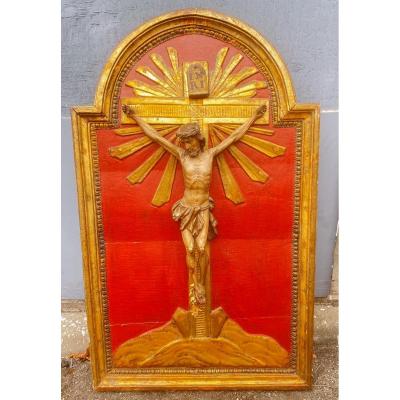



 Le Magazine de PROANTIC
Le Magazine de PROANTIC TRÉSORS Magazine
TRÉSORS Magazine Rivista Artiquariato
Rivista Artiquariato